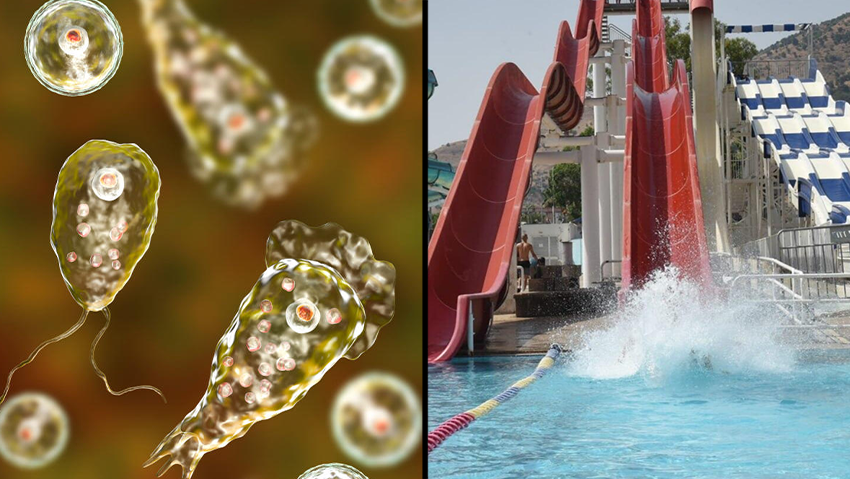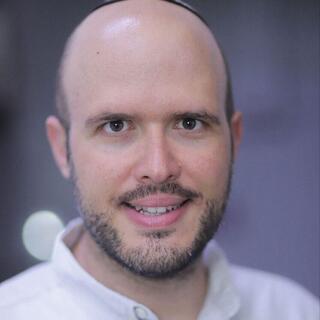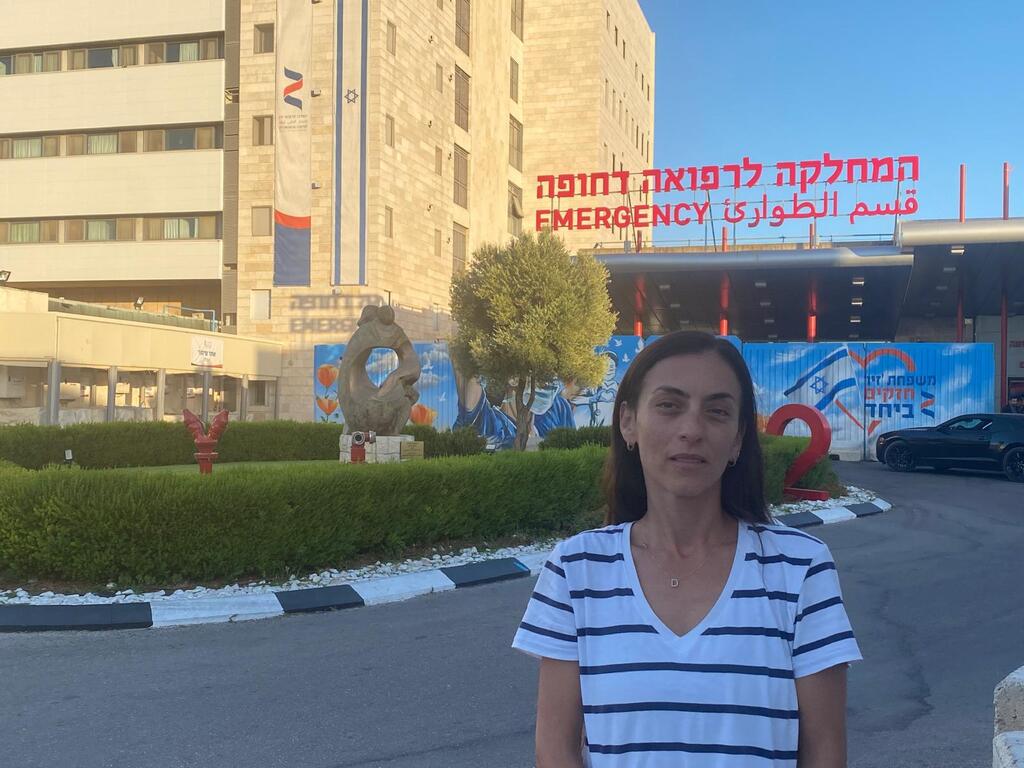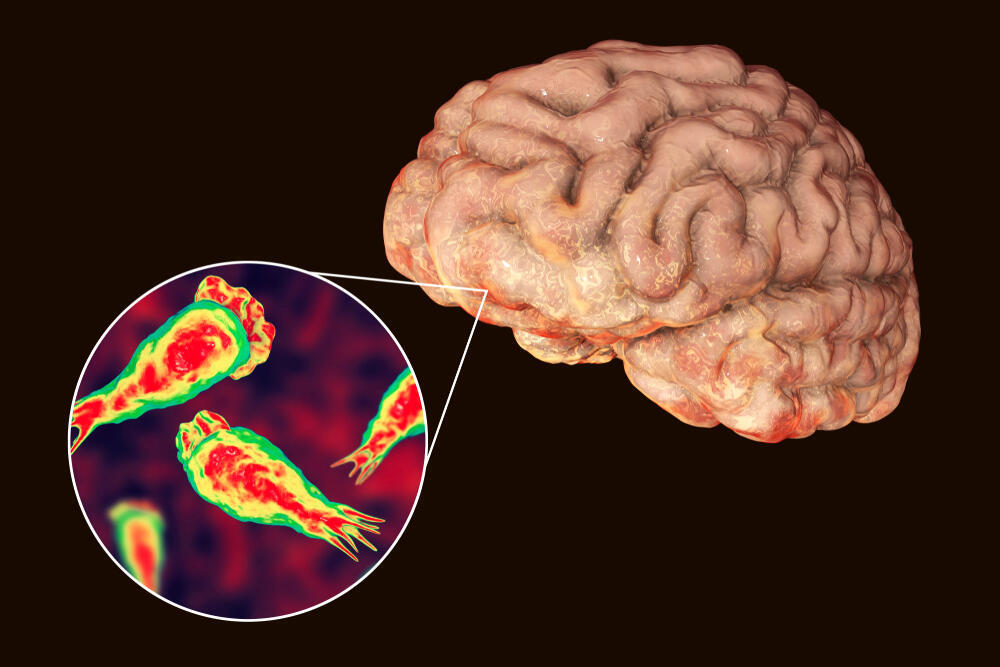Relatives of Roi, a 10-year-old boy from Kibbutz Mahaniim, describe him as a bright child with freckles and an infectious smile. Roi is currently in critical condition at Ziv Medical Center in Safed, fighting for his life after contracting Naegleria fowleri, commonly known as the "brain-eating amoeba," at the Guy Beach water park in the Sea of Galilee.
"We need the public's help with prayers to bring our Roi back to us, back to being a child," pleaded his aunt, Dikla Shamka, on Thursday. The beach has been closed following Roi's infection and the recent death of a 26-year-old man from the same amoeba.
3 View gallery


Naegleria fowleri; Guy Beach water park in the Sea of Galilee
(Photo: Shutterstock, Avihu Shapira)
Roi has been sedated and on a ventilator in the ICU for four days, and his life remains at risk. His family stays by his bedside, speaking to him and praying for a miracle.
"Last Tuesday, the family visited the water park. Roi refused to swim in the Sea of Galilee, fearing the dangerous amoeba due to rumors he had heard. He swam only in the pools within the park. On Sunday, he suddenly complained of severe headaches. By Monday, his condition had worsened, and he began vomiting. He was taken to the hospital in Safed, where his condition deteriorated further, and doctors had to sedate him," his aunt recounted the events leading up to his hospitalization. "Everyone here is fighting for his life and praying for a miracle."
"He screamed in agony from the headaches, but no one suspected this. We were by his side, encouraging him at the hospital, until they had to sedate and ventilate him," she described the agonizing days.
"We hope he hears us now as we speak to him and pray for him, trying to strengthen him. He's receiving multiple antibiotics, including a special drug from the U.S., to combat the infection in his brain. They're constantly trying to stabilize his condition. We hope, with God's help, they will eventually wake him up."
Roi is the middle child with an older and younger brother, both of whom miss him dearly and wait for him to return to playing with them. "Roi loves soccer; he plays and talks about it all the time. We know he will return to playing, laughing and smiling," Shamka said. "We ask everyone to pray for him, for Roi ben Nofar."
Roi is not the only one infected by the "brain-eating amoeba," Naegleria fowleri, at Guy Beach. Two weeks ago, a 26-year-old man who swam in the pools there also died. Since Wednesday night, more than 170 people who visited the beach have sought medical attention in northern hospitals, fearing they might have contracted the amoeba.
Ziv Medical Center alone received 52 children and 13 adults in the last 24 hours. Three of them—two children and an elderly woman—were hospitalized for further evaluation. All others, including Roi's brother, who was with him at the beach, were examined and released.
Dr. Farah Hanna, a pediatric infection specialist at Ziv Medical Center, emphasized the high mortality rate of this infection: "Worldwide, only a few hundred cases have been reported, with very few survivors. The rapid identification by the medical team has provided crucial time, and we all hope this will save the child's life."
The Health Ministry has urged anyone who visited Guy Beach and is experiencing symptoms such as fever, headaches, blurred vision, vomiting or neck stiffness to seek immediate medical evaluation at the nearest hospital emergency room. They advised contacting health clinic hotlines first.
Roi's family is currently focused solely on his recovery, not on the circumstances that led to the presence of the amoeba in the water or potential negligence by the park operators. "Right now, all our energy is on his recovery. Once he recovers, we will investigate who is responsible, and they will be held accountable. We won't give up, but for now, the most important thing is to focus on his health," his aunt said.
What's an amoeba?
In the past three weeks, two cases of meningoencephalitis, a disease caused by the amoeba Naegleria fowleri, have been diagnosed. This rare infection is caused by an amoeba found in soil and warm freshwater. It enters the body when contaminated water is inhaled through the nose, directly reaching the brain and causing severe brain tissue destruction. The infection is often fatal if detected late, with a mortality rate exceeding 97%, making early treatment crucial.
The child hospitalized at Ziv Medical Center is the third case ever diagnosed in Israel due to the amoeba. Naegleria fowleri thrives in warm water at temperatures between 35°C and 42°C. While most swimmers in affected waters do not get infected, exposure can lead to a fatal brain infection with a high likelihood of death. The amoeba enters the body through the nose and directly affects the brain. Although there is no specific treatment for the amoeba, a combination of medications can sometimes reduce brain damage.
Dr. Tamar Gottesman, head of the infectious diseases service at Rabin Medical Center, recently explained the dangers of the amoeba in a Q&A on Ynet:
What is an amoeba?
An amoeba is a group of single-celled organisms characterized by amoeboid movement—cell contraction and relaxation with appendages or a tail. Amoebas are found in the environment (water, soil) worldwide. Naegleria fowleri thrives in freshwater at temperatures between 35°C and 42°C.
How do people get infected by the amoeba?
Infection occurs during diving in contaminated water or when contaminated water splashes into the nasal membranes. The amoeba enters through the nasal membranes, reaches the olfactory nerve, and then the brain, where it feeds on brain cells.
Is there a risk in non-freshwater environments?
No. Naegleria does not survive in salty conditions—sodium concentrations of 1% or higher kill it. Even in freshwater, the disease is extremely rare, with only about ten cases reported annually in the U.S.
What are the main symptoms of Naegleria fowleri infection?
Symptoms of meningitis include fever, headache, nausea, vomiting, light and sound intolerance, neck stiffness, and rapid neurological deterioration (within days), which can include cognitive disturbances, disorientation, loss of consciousness, seizures, restlessness, paralysis, and more.
How quickly does the disease progress?
Most patients die within 5-10 days of symptom onset.
How many cases have been diagnosed globally?
Approximately 400 cases have been reported in small medical literature series.
How is the disease treated?
Treatment involves a combination of antifungal, antiparasitic, and antibiotic medications administered intravenously and/or directly to the brain, along with spinal fluid drainage in cases of intracranial hypertension and prevention of brain edema.
What are the chances of survival from the disease?
The survival rate is about 10%.




